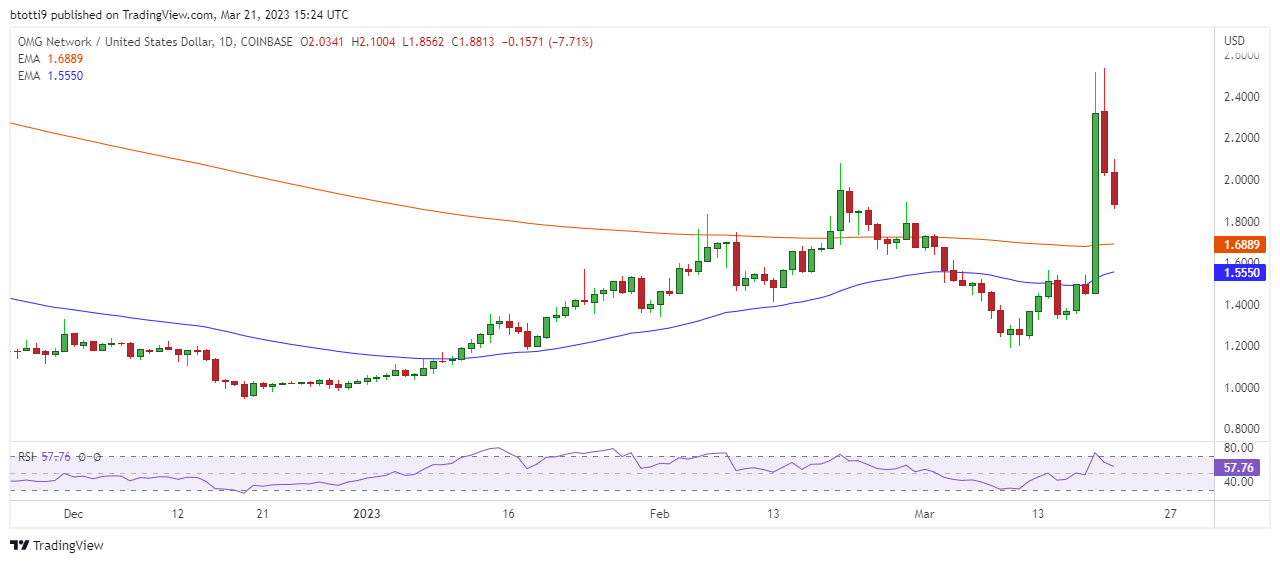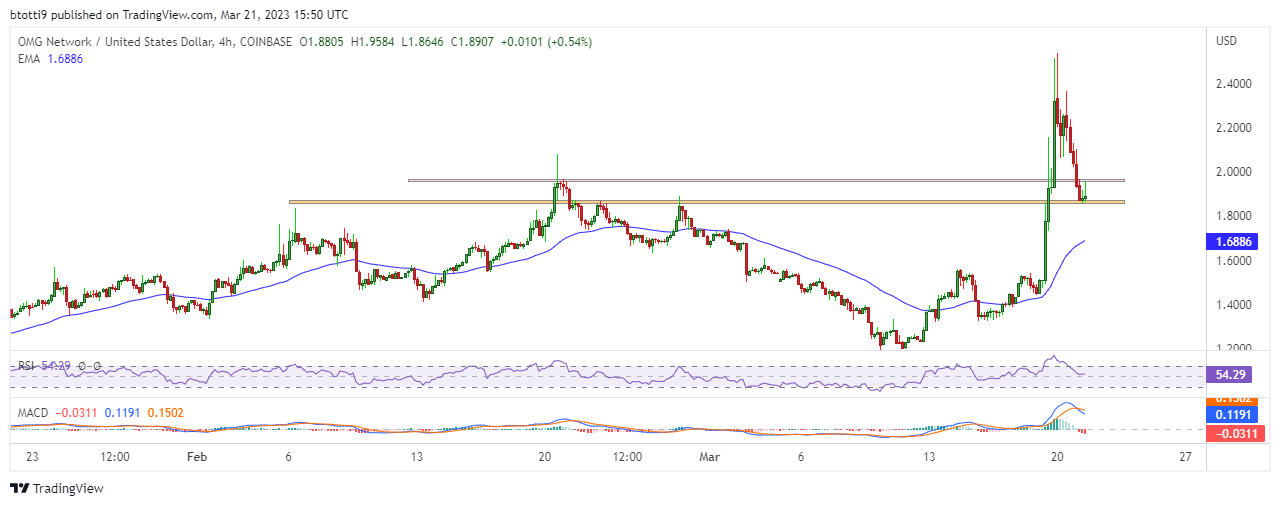- Nimiq is the first non-custodial wallet to implement gas-abstracted USDC for Polygon
- Gas abstraction is an innovative feature that allows blockchain users to pay required network fees using whatever token they hold in their wallet.
- Seamless transactions via USDC will help further adoption of digital assets as an everyday payment method.
Blockchain payments provider Nimiq has expanded access to its gas-abstracted USD Coin (USDC) transactions to the Polygon network.
The feature is available via Nimiq’s non-custodial wallet, the platform announced on Wednesday.
Making crypto payments easy and seamless
Polygon allows for gas-abstracted transactions, where users can pay network fees in MATIC even if they are sending another coin. For instance, if a user only has USDC in their wallet, they can still send payments over the Polygon network and pay network fees in MATIC – despite not having any MATIC in their wallet.
Nimiq wallet has a built-in smart contract functionality, or relayer, that automatically converts the users’ token (USDC in this case) to MATIC. This is then used to seamlessly pay the required network fees.
According to the Nimiq team, adding support for gas-abstracted transactions for USDC is a huge step towards onboarding more merchants into the crypto payments ecosystem. This is because merchants who wish to accept crypto will have the benefit of Polygon’s network speed and low fees.
Hamzah Khan, head of DeFi at Polygon Labs, noted that gas-abstracted USDC transactions from within Nimiq does more than just streamlining user experience. According to him, the feature helps put crypto on the path to greater adoption for everyday payments.
Nimiq’s solution also aligns with Polygon Labs’ vision of onboarding more people to Web3 via accessible and user-friendly features, he added.
Apart from USDC, Nimiq Wallet also supports Bitcoin (BTC) and Nimiq’s native token NIM.
The post Nimiq adds gas-abstracted USDC transactions on Polygon appeared first on CoinJournal.


